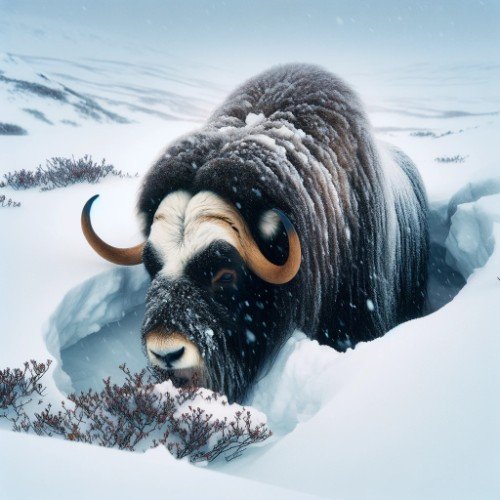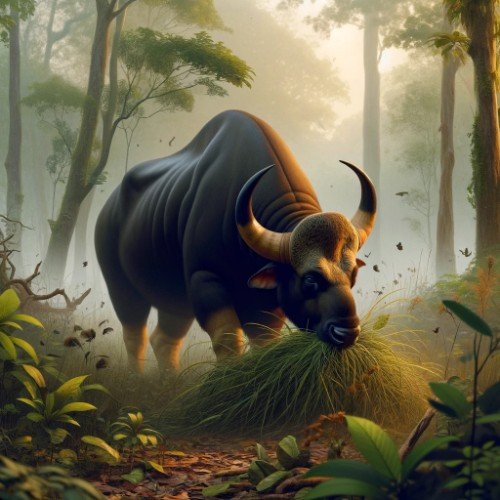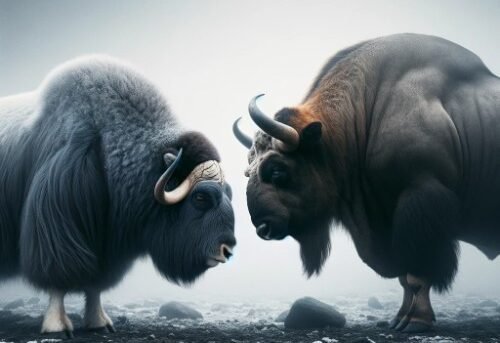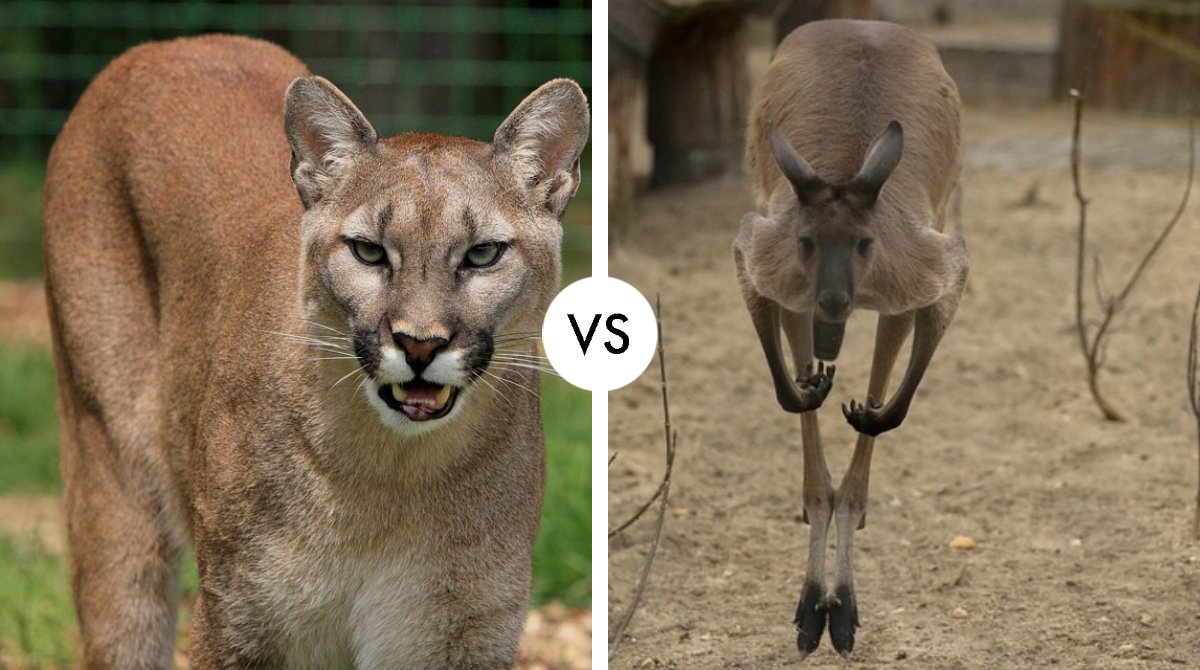The muskox and the gaur, two mighty mammals, each dominate their respective habitats with unique adaptations and formidable traits. This article delves deep into their lifestyles, behaviors, and inherent abilities, setting the stage for a theoretical showdown between these two giants of the animal kingdom.
Muskox: The Arctic Survivor
Physical Characteristics
Native to the Arctic, the muskox is a robust creature, sporting a thick, shaggy coat that protects it against freezing temperatures. Adult muskoxen typically weigh between 180 to 410 kg (400 to 900 lbs) and stand about 1.2 meters (4 feet) at the shoulder. Their most distinctive feature is their long, curved horns used for defense and dominance displays.

Behavior and Lifestyle
Muskoxen are social animals, forming herds of around 10-20 individuals. They are known for their unique defensive strategy against predators like wolves: forming a circle with their young in the center. This solidarity reflects their cooperative nature and survival tactics in the harsh Arctic environment.
Diet and Hunting
Primarily herbivores, muskoxen feed on Arctic vegetation, including mosses, roots, and grasses. Their foraging strategy involves digging through snow to reach food, showcasing their resilience in extreme conditions.

Gaur: The Asian Colossus
Physical Characteristics
The gaur, native to South and Southeast Asia, is the largest species of wild cattle. Majestic and muscular, adult males can weigh between 650 to 1,000 kg (1,400 to 2,200 lbs) and stand up to 2.2 meters (7.2 feet) at the shoulder. Their sheer size is a natural deterrent to predators.

Behavior and Lifestyle
Gaurs are herd animals, living in groups that can range from small family units to large gatherings of 100 individuals. They are generally timid despite their size but can become aggressive if threatened. Gaurs are more agile than their size suggests, capable of traversing rough terrain with ease.
Diet and Hunting
As herbivores, gaurs primarily consume grasses, leaves, and branches. Their large size necessitates a significant intake of food, which they forage in the forests and grasslands of their habitats.
Comparative Analysis
When comparing the muskox and the gaur, several key differences emerge. The muskox’s adaptations are geared towards survival in extreme cold, while the gaur’s physicality is built for dominance in diverse terrains. The muskox’s defensive strategies are rooted in group protection, contrasting with the gaur’s more individualistic approach to threats.
Winner Prognosis
In a hypothetical encounter between a muskox and a gaur, the outcome would heavily depend on several factors, including terrain, climate, and the individuals’ health and age. However, considering the size, strength, and agility of the gaur, it would likely have a slight edge over the muskox. The gaur’s greater agility and muscular build, combined with its ability to navigate diverse terrains, give it a strategic advantage.
Chance of Winning:
- Muskox: 40%
- Gaur: 60%
In conclusion, while the muskox is a formidable opponent with adaptations perfect for Arctic survival, the gaur’s sheer size, strength, and agility make it more likely to prevail in a direct confrontation. However, it’s important to note that such encounters are purely theoretical and not reflective of these animals’ behaviors in the wild.




